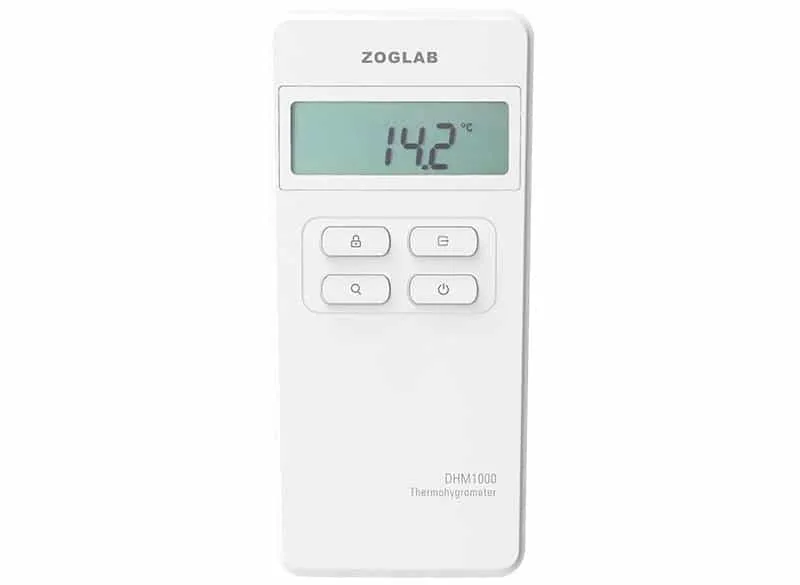A thermo hygrometer is a useful tool for monitoring and regulating your environment. It measures both temperature and humidity levels in the air, giving you an accurate picture of the atmosphere in your home, office, or other enclosed spaces. Learn more about what it does and how it can help you keep a comfortable and healthy atmosphere.
What is a Thermo Hygrometer?
A thermo hygrometer is an instrument used to measure the temperature and humidity of the air. This device has a variety of uses, including providing data on the atmosphere in homes and offices, helping to regulate air quality in greenhouses and laboratories, and controlling environmental conditions in computer server rooms. It can also be used to identify and prevent mold growth in areas where moisture levels remain too high.
Understanding How a Thermo Hygrometer Works
A thermo hygrometer is a device that can measure both temperature and relative humidity in the surrounding air. It uses two primary principles of physics to operate and provide accurate readings.
1. Temperature Measurement:
The temperature measurement function of a thermo hygrometer works by detecting the thermal expansion and contraction of a substance, such as a metal or liquid, in response to changes in temperature. Depending on the model, the device may use a thermistor or thermocouple sensor that detects changes in electrical resistance or voltage that correspond to changes in temperature.
2 Humidity Measurement:
The humidity measurement function of the thermo hygrometer operates based on the principle of psychrometry. This involves measuring the moisture content of the air by measuring the difference between the wet-bulb temperature and the dry-bulb temperature. The wet-bulb temperature is determined by measuring the temperature of a wetted wick or a surface covered with water while exposing it to air, and the dry-bulb temperature is measured using the temperature sensor. By comparing the two temperatures, the thermo hygrometer can calculate the relative humidity of the air.
In some advanced thermo hygrometers, additional sensors, such as a dew point sensor, are used to calculate the dew point temperature. The dew point temperature is the temperature at which water vapor in the air will condense into liquid form. This feature is especially useful for industrial and scientific applications that require precise control of temperature and humidity, such as in pharmaceutical manufacturing, food processing, and HVAC systems.
Overall, a thermo hygrometer works by measuring temperature and relative humidity using various sensors and principles of physics. By understanding how it operates, you can better appreciate the important role this device plays in a wide range of applications, including home comfort, industrial processes, and scientific research.
Why Use a Thermo Hygrometer?
- Home Comfort: Monitor and maintain optimal indoor climate conditions for health and comfort.
- Prevent Mold Growth: Identify and control high moisture levels to prevent mold and mildew.
- Greenhouse Management: Ensure plants have the ideal temperature and humidity conditions for growth.
- Data Centers: Protect sensitive electronic equipment by maintaining proper environmental conditions.
- Industrial Applications: Essential for processes that require precise humidity and temperature control, such as pharmaceutical manufacturing and food processing.
By investing in a quality thermo hygrometer, you can effectively manage and optimize your environment, ensuring comfort, health, and efficiency across various applications.

The Zoglab DHM1000 is a popular handheld thermo hygrometer that provides accurate readings for both temperature and humidity. It’s portable, easy to use, and ideal for a variety of settings, from homes to industrial environments.
Embrace the benefits of a thermo hygrometer and take control of your environmental conditions today!
